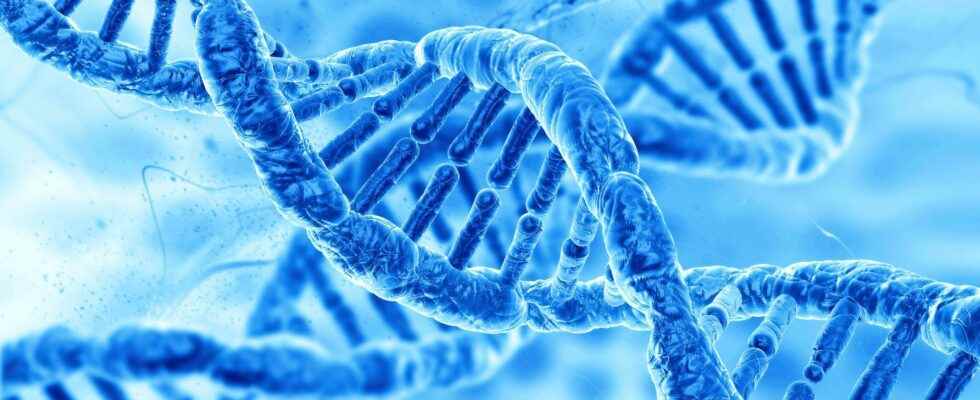A bit of everything and its opposite has been said about Neanderthal Man and his role in the transmission of SARS-CoV-2 to Homo sapiens sapiens that we are. At the start of the pandemic, we had inherited a genetic predisposition from him which made us more vulnerable. Then other recent work has shown that another genetic mutation still inherited from our distant cousin prevents us from serious forms of the disease. The only certainty is that this paleogenomic work shows how much the study of ancient DNA fragments can help not only to rewrite the history of modern man, but also to shed light on today’s medicine.
A turning point 4,500 years ago during the last migration waves
Scientists from the Institut Pasteur, Université Paris Cité, CNRS and the Collège de France are publishing an article this Friday, January 13 on the evolution of our immune system over the last 10,000 years. Why this period? It is closer in time to Neanderthal (it died out around 35,000 years ago) and thus focuses on the more “recent” Homo Sapiens settlement of Europe. These phases are now well known: 6,000 years ago, hunter-gatherers from the Neolithic era were gradually replaced by farmers from the Middle East who settled down. Then, the last great wave, between 4,500 and 2,500 years ago, when a people, the Yamnayas, who came en masse from the north of the Black Sea (Ukraine and Russia) swept over the continent. Each time there is a crossbreeding that allowed Cro-Magnon man to adapt to his environment.
“We analyzed the variability of the genomes of 2,800 individuals who lived in Europe from the Neolithic period, through the Bronze Age, the Iron Age, the Middle Ages and until today”, explains Lluis Quintana- Murci, from the Institut Pasteur, professor at the Collège de France and main author of the study which appears in the journal Cell Genomics. In total, the researchers observed hundreds of thousands of genetic mutations over such a long period. “And thanks to a particular extraction technique, we were able to detect those which were advantageous and disadvantageous, he continues. There was indeed a positive and a negative genetic selection.”
For the first, 89 genes were identified. Some are known as those which made it possible to digest lactose (milk) or those which acted on the pigmentation of the skin which became clearer; others, like the OAS genes, have been shown to be involved in the antiviral response. “One of the big surprises was to see that these mutations did not spread uniformly over time but were concentrated in the Bronze Age (4,500 years), specifies Lluis Quintana-Murci: l The arrival of the Yamnayas will cause a population explosion which triggers a greater spread of infectious diseases to which the immune system of modern man will adapt.
Deleterious Mutations
In the same way, paleogeneticians have been interested in “negative genetic” selection, namely the mutations whose frequency has decreased the most in the last 10,000 years. Here again, they found that the changes took place mainly in the Bronze Age, but also that these deleterious mutations increased the risk of developing certain inflammatory diseases (Crohn’s disease, rheumatoid arthritis, lupus, bowel diseases) and autoimmune (hepatitis HAI, AIDS).
“The mutations associated with the risk of developing infectious diseases have decreased over time while the risk of inflammatory disorders has increased”, summarizes Lluis Quintana-Murci who would like to continue this work on other populations – African and Asian – to see in to what extent these results hold. Finally, paleogenomics – the study of ancient DNA – is increasingly emerging as a major discipline for better understanding the present and anticipating the medicine of tomorrow: by targeting certain genes and thanks to genome editing technologies (such as CRISPR -Cas9) which would correct or inactivate them, the researchers thus hope, in the long term, to fight against a good number of genetic diseases.
